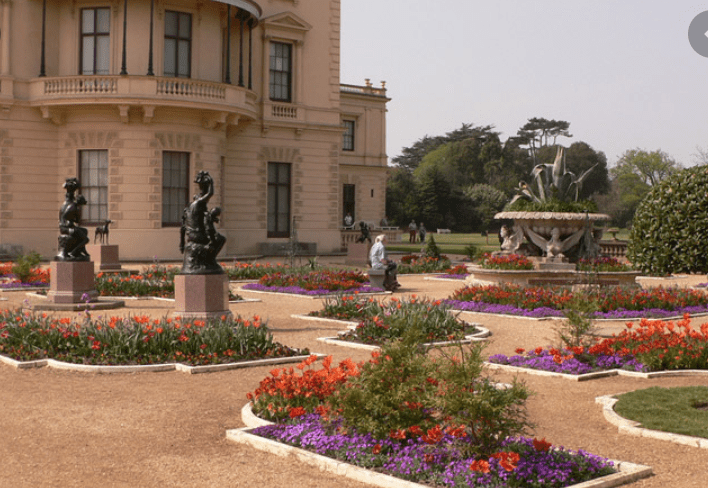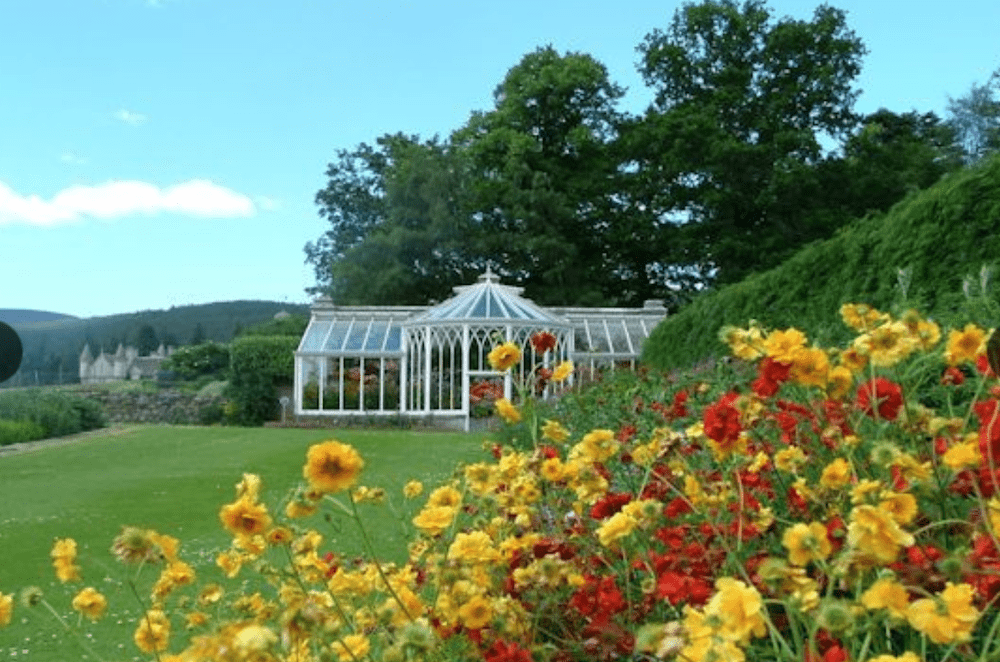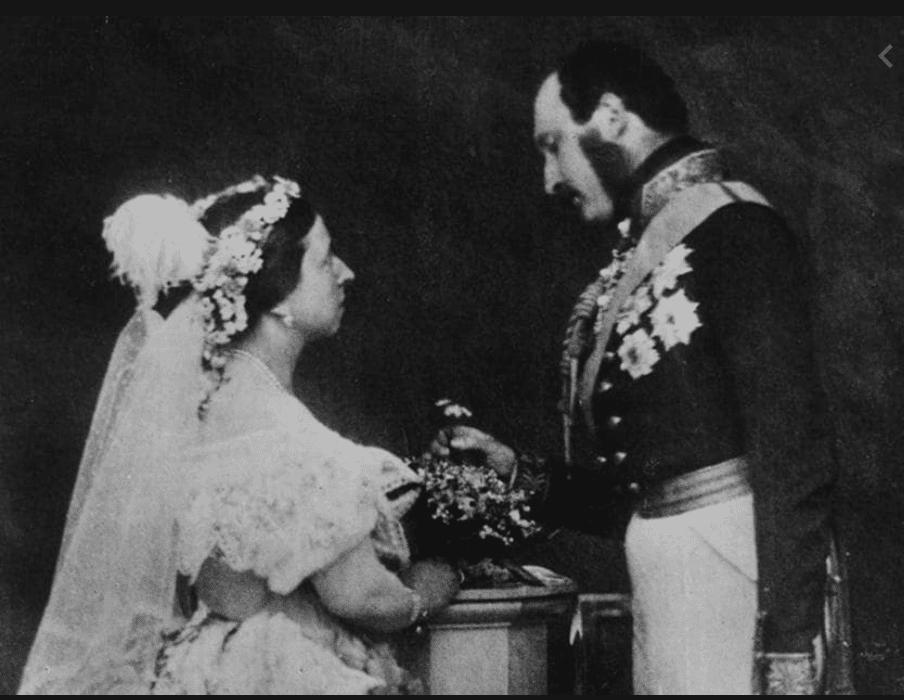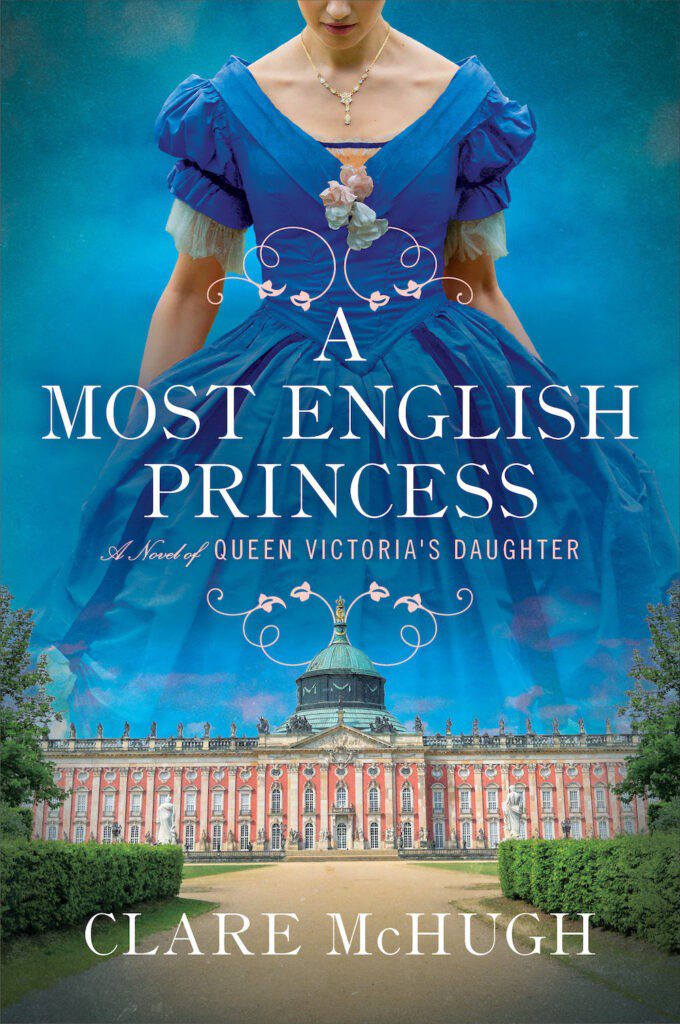Honoring Prince Albert’s Birthday and Flower Legacy
By Clare McHugh

This week marks the 201st birthday of Prince Albert, the (virtually) penniless German prince who came to Britain at age 20 to marry his first cousin, Queen Victoria, and father nine children.
Prince Albert had an over-sized impact on British life-promoting modern industry, calling for the abolition of the slave trade, and insisting that university education expand to include modern history and the natural sciences.
But it was in the gardens he designed at Balmoral and, especially, at Osborne House, the royal couple’s summer retreat on the coast of the Isle of Wight, where Prince Albert left behind a lasting legacy of beauty—a testament to his love of flowers.

The location of Osborne is among the most temperate in the British Isles and Prince Albert grew a vast of trees and plants there, expanding an existing 18th century walled kitchen garden to include an acre of flowers for cutting and numerous varieties of fruit trees.
On the formal terraces of the huge new house he designed he installed Italianate summer bedding schemes with concentric rings of contrasting colors and textures, a tradition the gardeners at Osborne House carry on today using dahlias, Bidens, and sanvitalias.
Two floral projects of Albert’s deserve special attention. So impatient was he to cultivate gorgeous magnolia Grandiflora along the terrace wall, that he planted the magnolia before the terrace was complete. The original plant can still be seen today, vast and luxuriant.
And then there is the famous Osborne myrtle, Myrtus communis, planted by Albert on the lower terrace in 1845 using cutting the royal couple brought back from Coburg, Albert’s home town in Germany. Albert’s grandmother presented the Queen with a posy of myrtle, which Germans considered a symbol of health, happiness, and fertility. The myrtle flourished in Osborne’s gentle air, and the flowers from this plant have been used for royal weddings ever since, starting with the marriage of Prince Albert’s and Queen Victoria’s eldest daughter, Princess Victoria to Prince Frederick of Prussia in 1858. The beautifully-scented myrtle is well suited to bridal bouquets, as it provides lush green leaves along with delicate white-cream flowers and bursts of gold-tipped stamens.
I spent two years researching a novel about Princess Victoria, called Vicky in the family, and learned how her father’s example inspired her own work as a gardener. In the Neues Palais in Potsdam, outside Berlin, she recreated many of the Osborne plantings, although the much harsher climate of Northern Germany limited what she could do.
Taking the plantings with her to Prussia connected Vicky to her beloved father, though her relationship with her mother was tenser. Prince Albert died at 42 when Vicky was only 21.
She herself, raised in the beauty and warmth of the Isle of Wight, found flourishing in her new country difficult, a tale that is at the heart of my book, A Most English Princess.
In fact, her story is a dramatic and poignant one—for the myrtle’s promise of health, happiness, and fertility was only half granted in Vicky’s case. And she struggled to make her life in Prussia take firm root, unlike her father who forever changed his adopted country.

Prince Albert’s favorite flower was the humble snowdrop. He wanted beauty and wisdom to be accessible to all and found peace and solace outdoors. In his original plans for the gardens at Balmoral Castle, the 50,000-acre estate in Scotland he and the Queen purchased in 1852, he placed a fountain to the east of the castle surrounded by a flower garden mostly of roses, and including lavender and ferns. Various alpine plants served as a border for the nearby sunken garden.

Orange blossoms were his bride Queen Victoria‘s favorite and on anniversaries he would give her jewelry inspired by the flower. After his death at 42, Queen Victoria wore black for the rest of her life.
But the monarch continued to love flowers – and treasured memories of life with her husband. She preserved and expanded the spectacular gardens he created, and these have now been handed down through the generations, remaining a source of joy and inspiration for all who visit them.

Clare McHugh is the author of the upcoming novel, A MOST ENGLISH PRINCESS, based on the life of Victoria, Princess Royal of England—later Empress of Germany and mother of Kaiser Wilhelm II. She was a reporter at the New York Post and later the editor of magazines including Maxim, Health, and Instyle Weddings & Homes.
Picture Credit: Wikipedia, Pixabay
